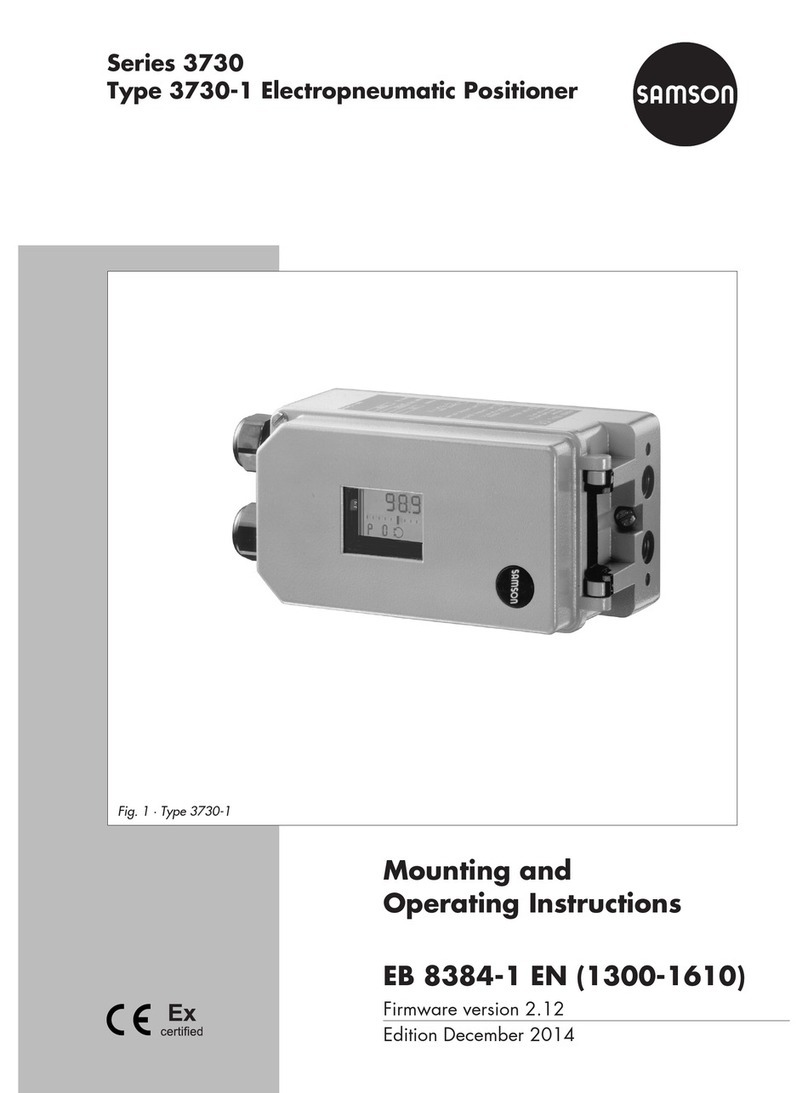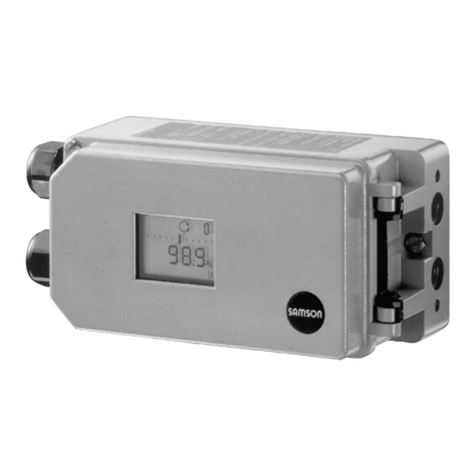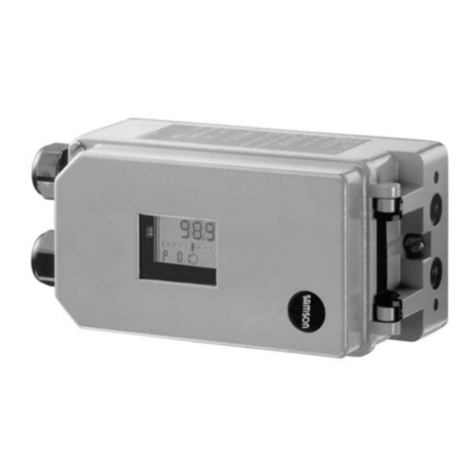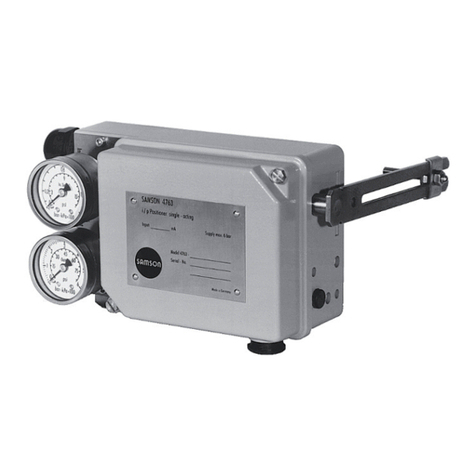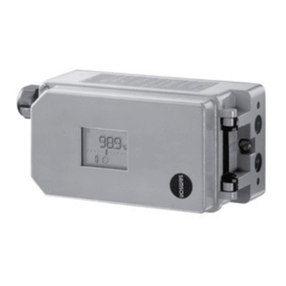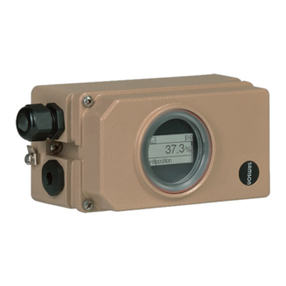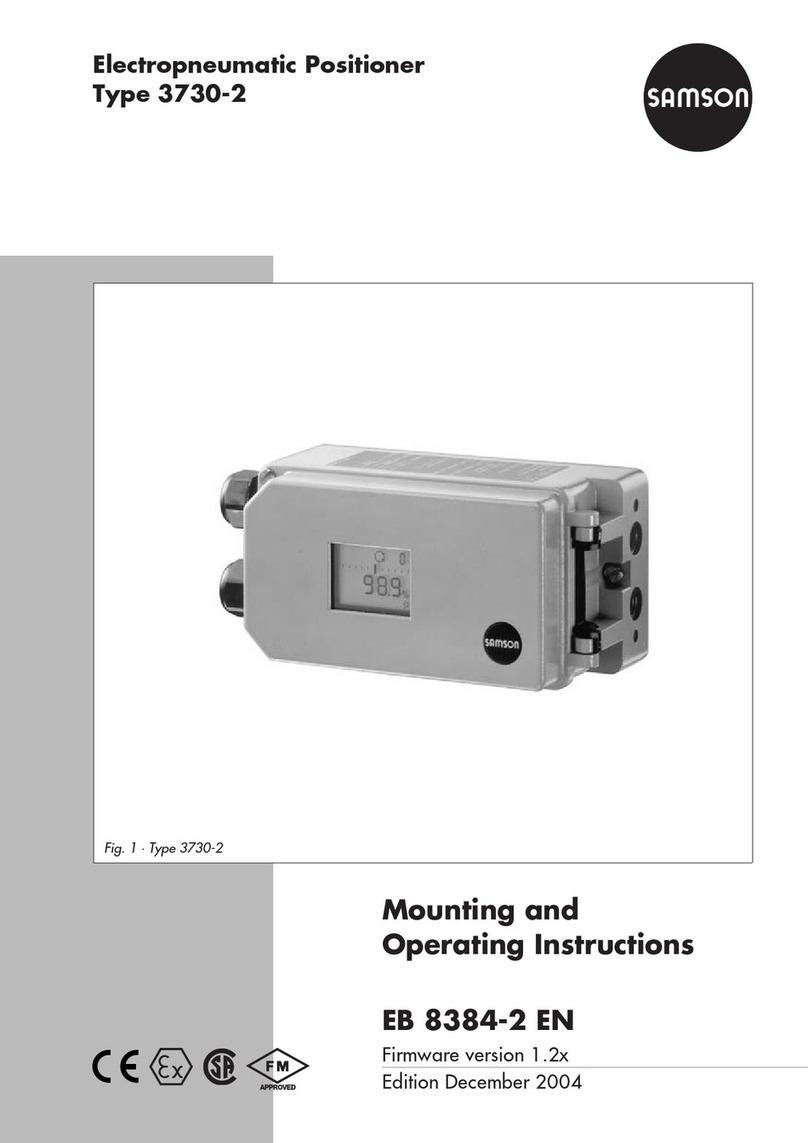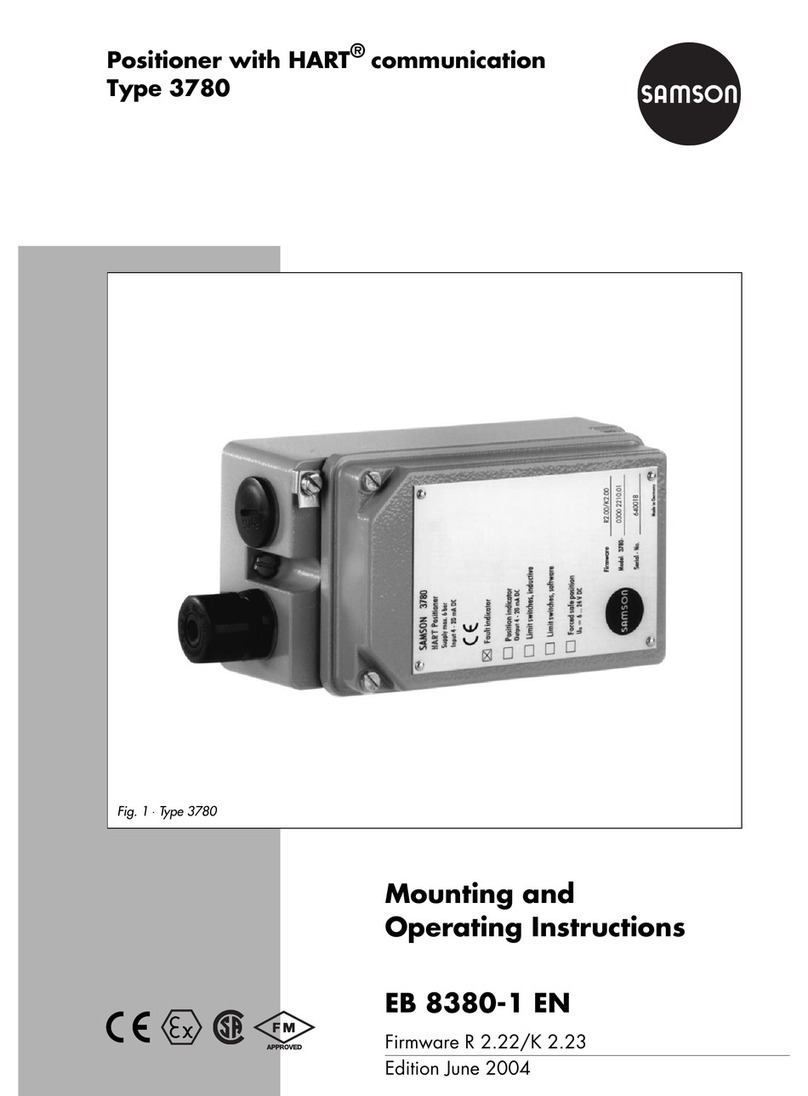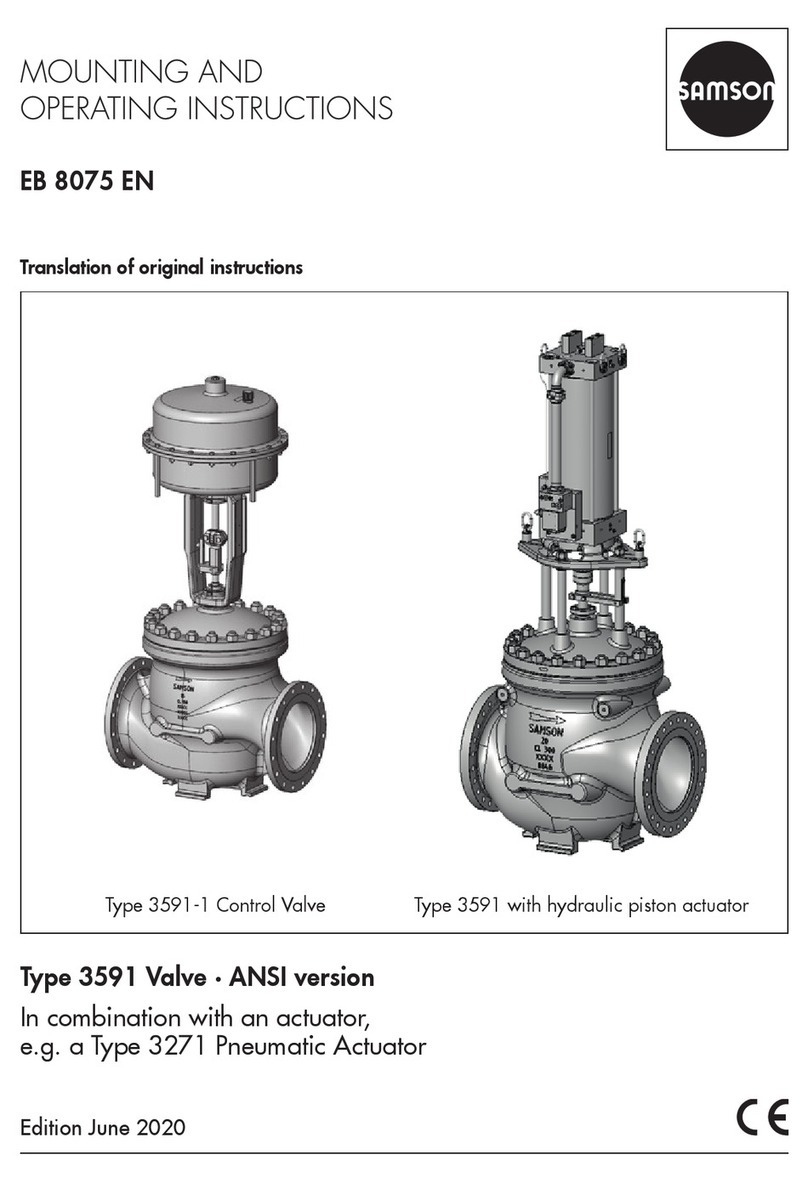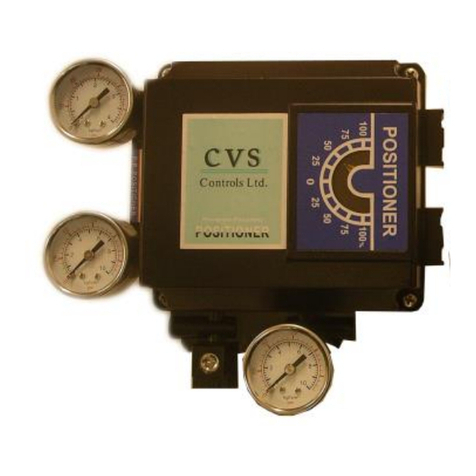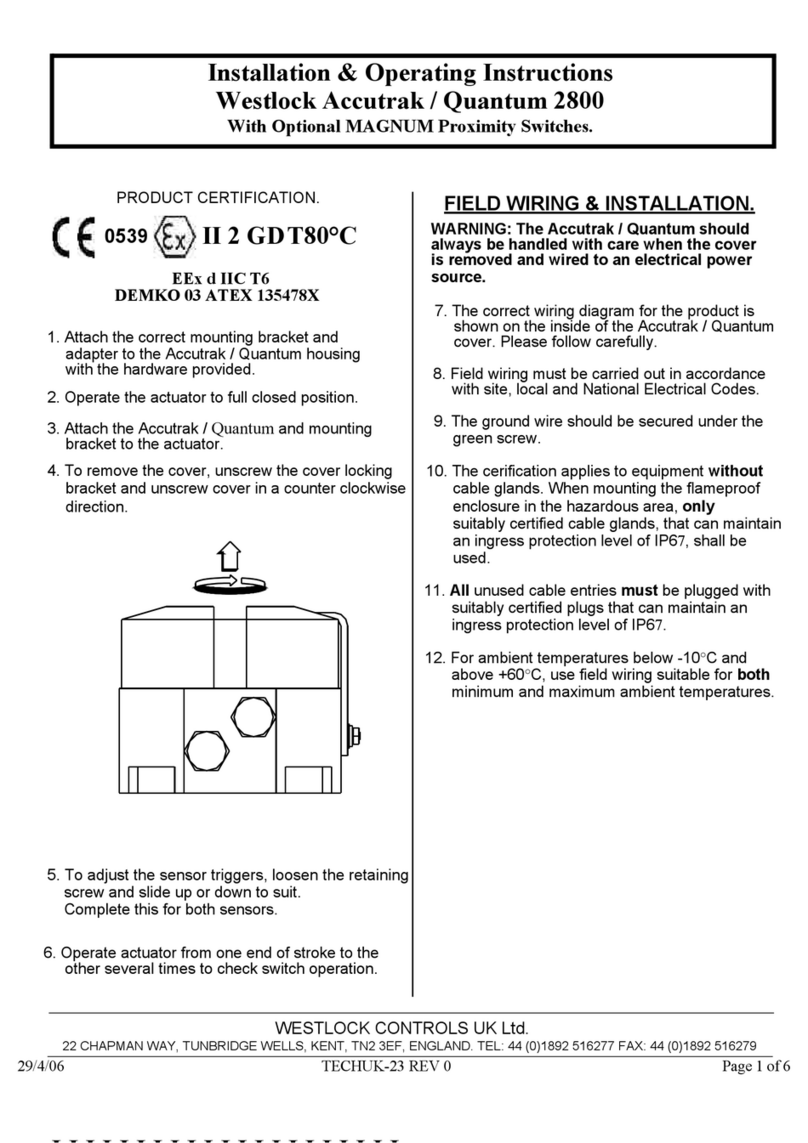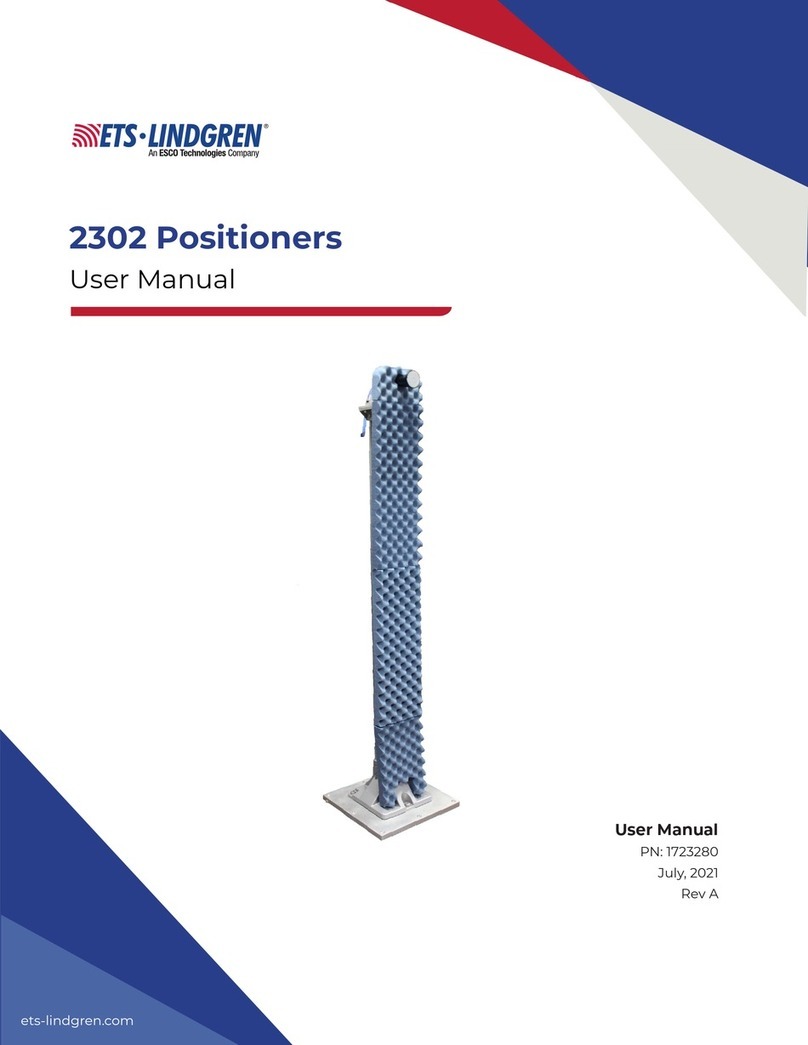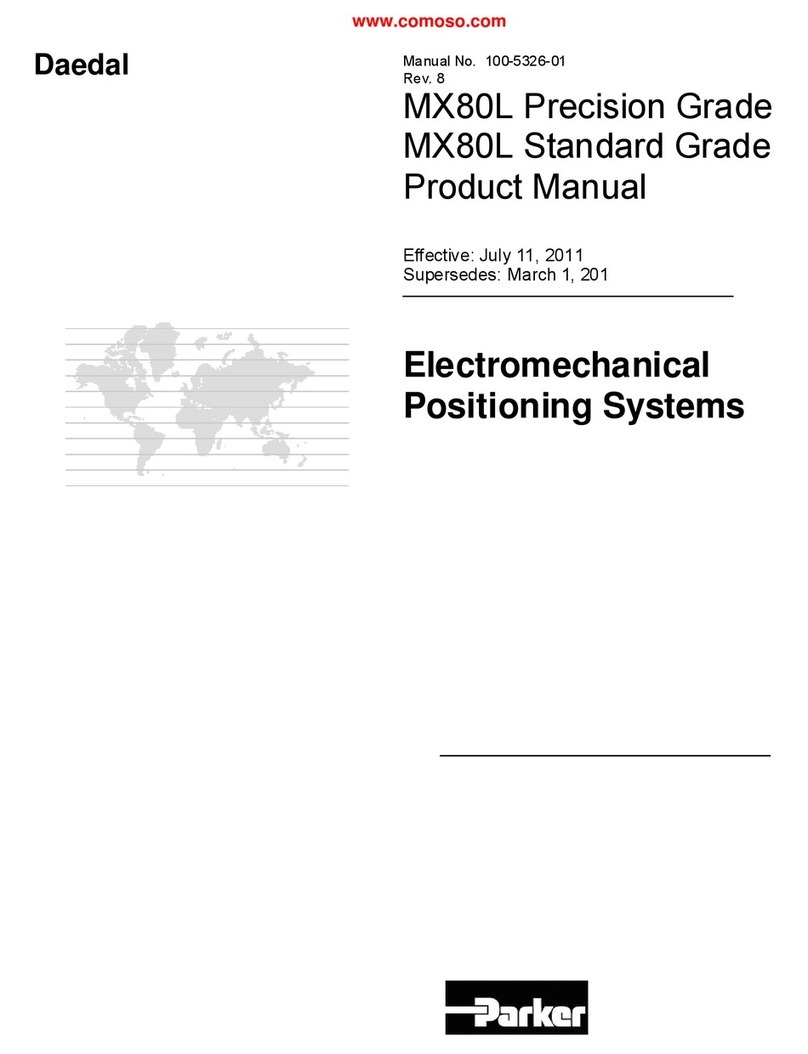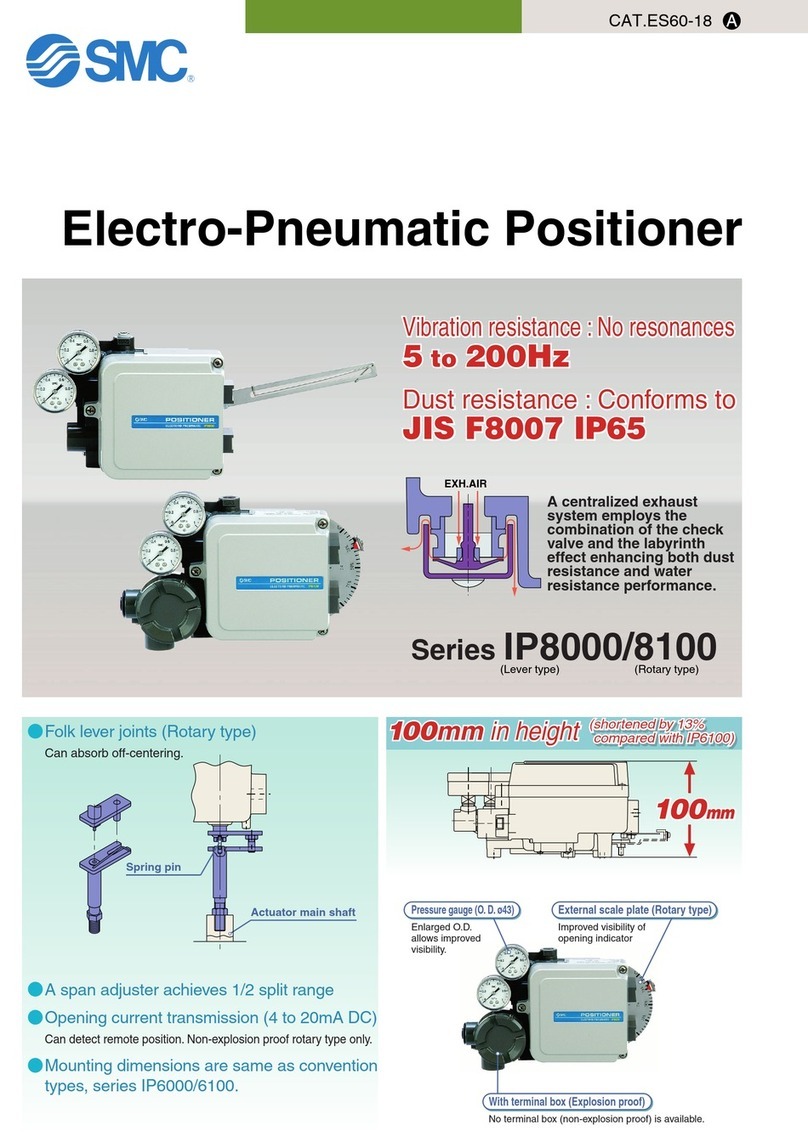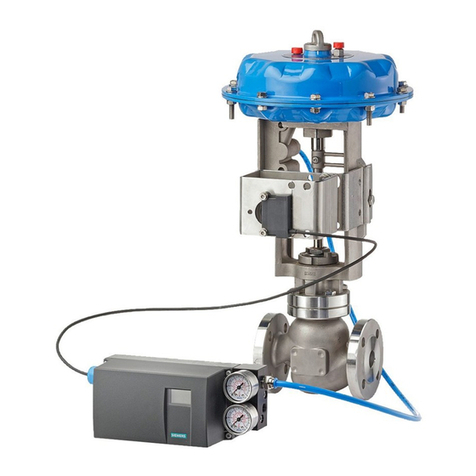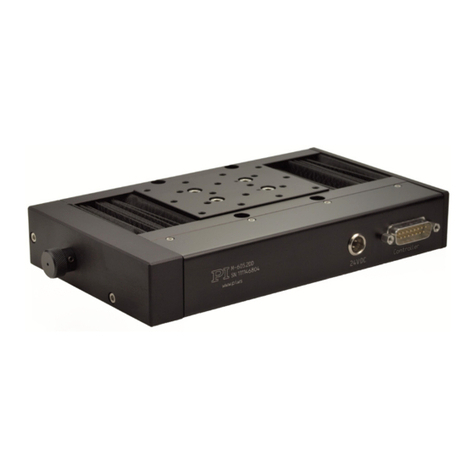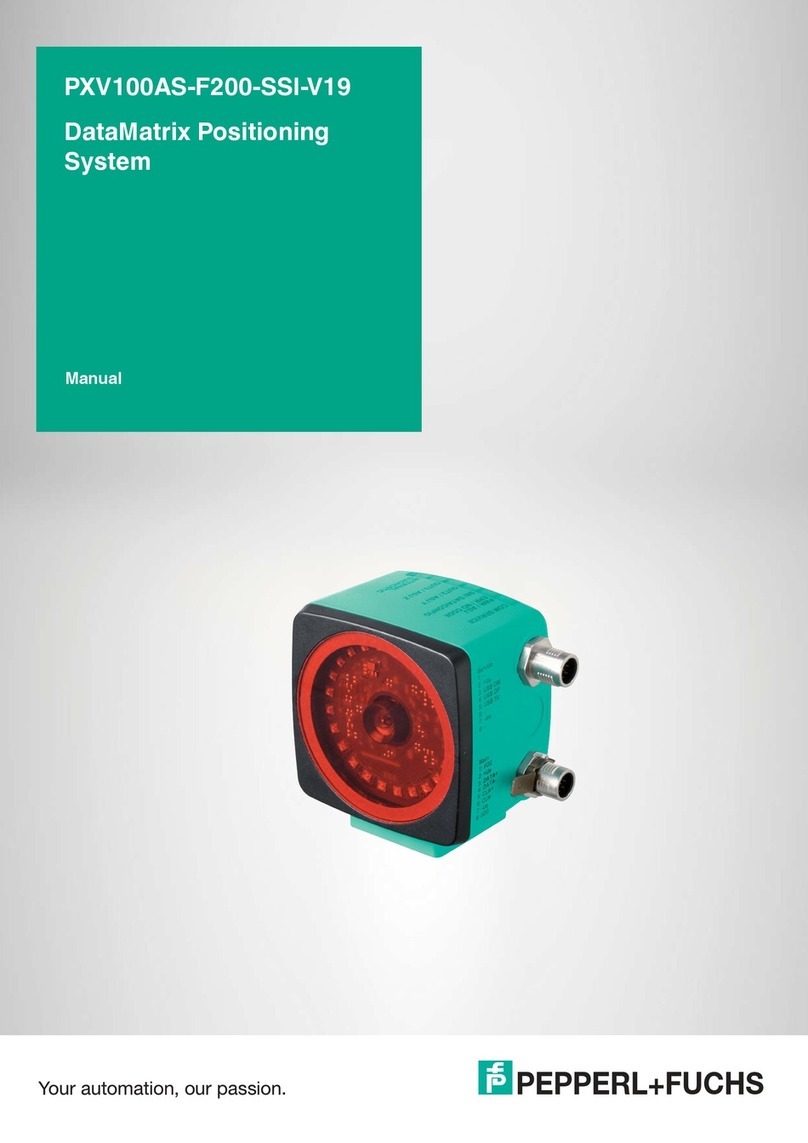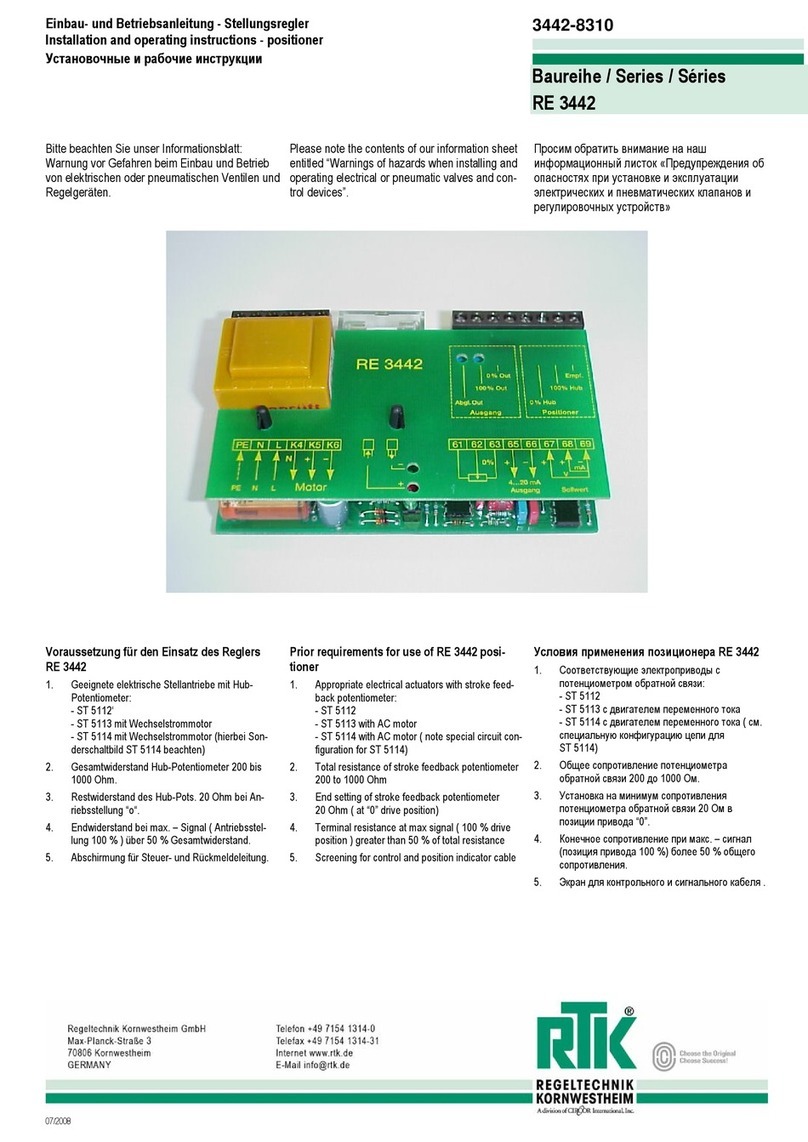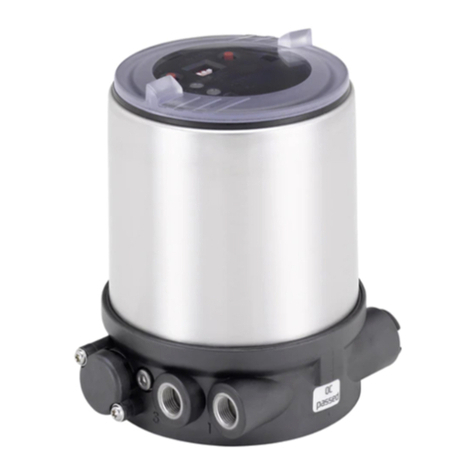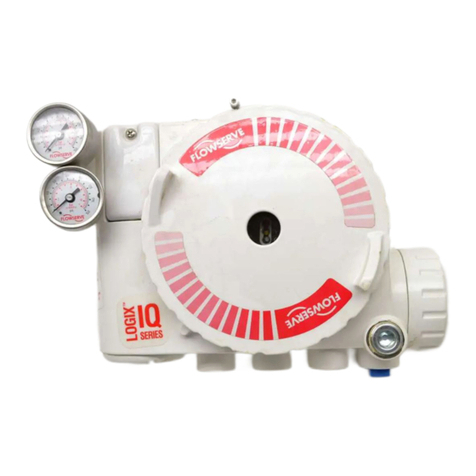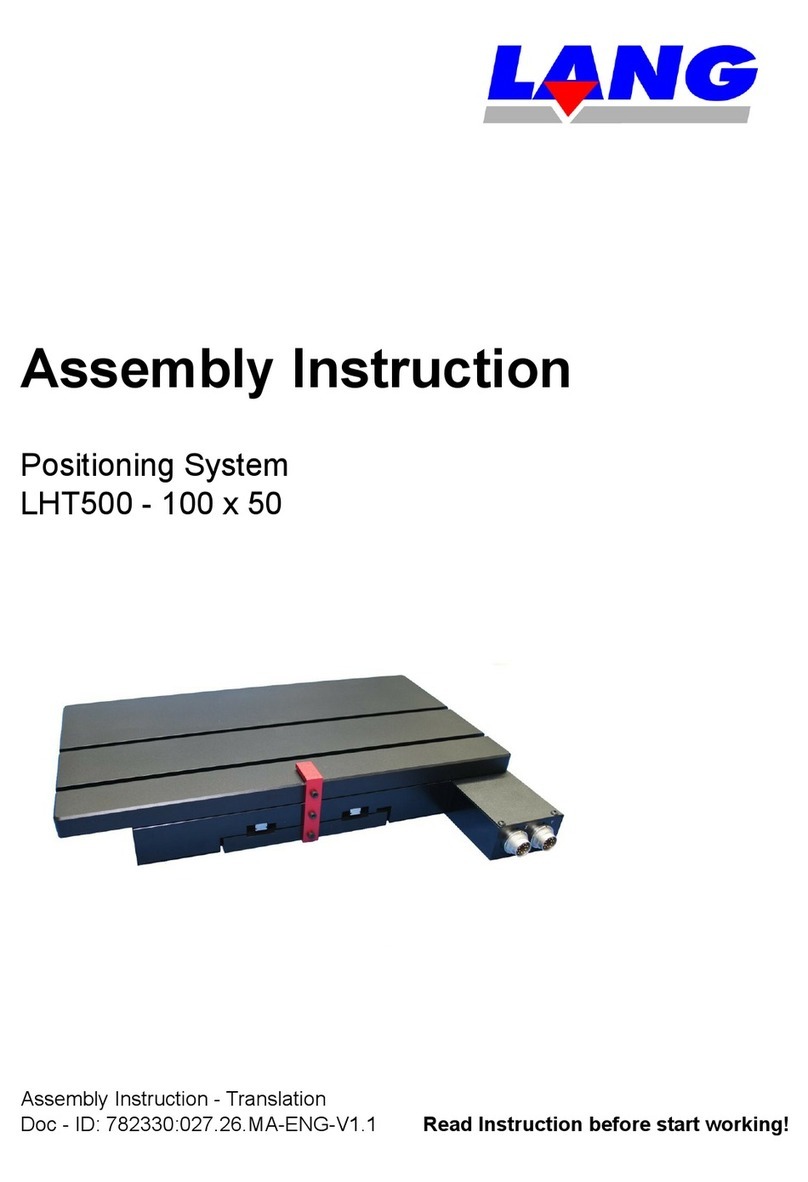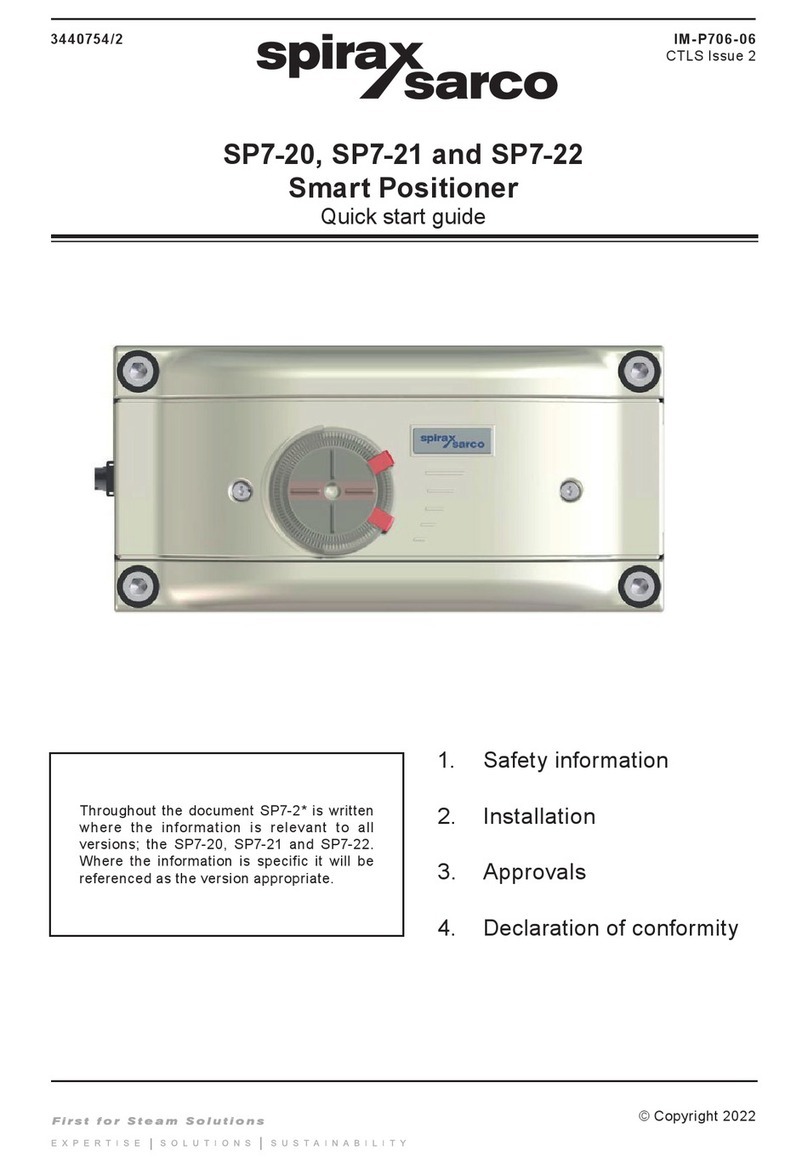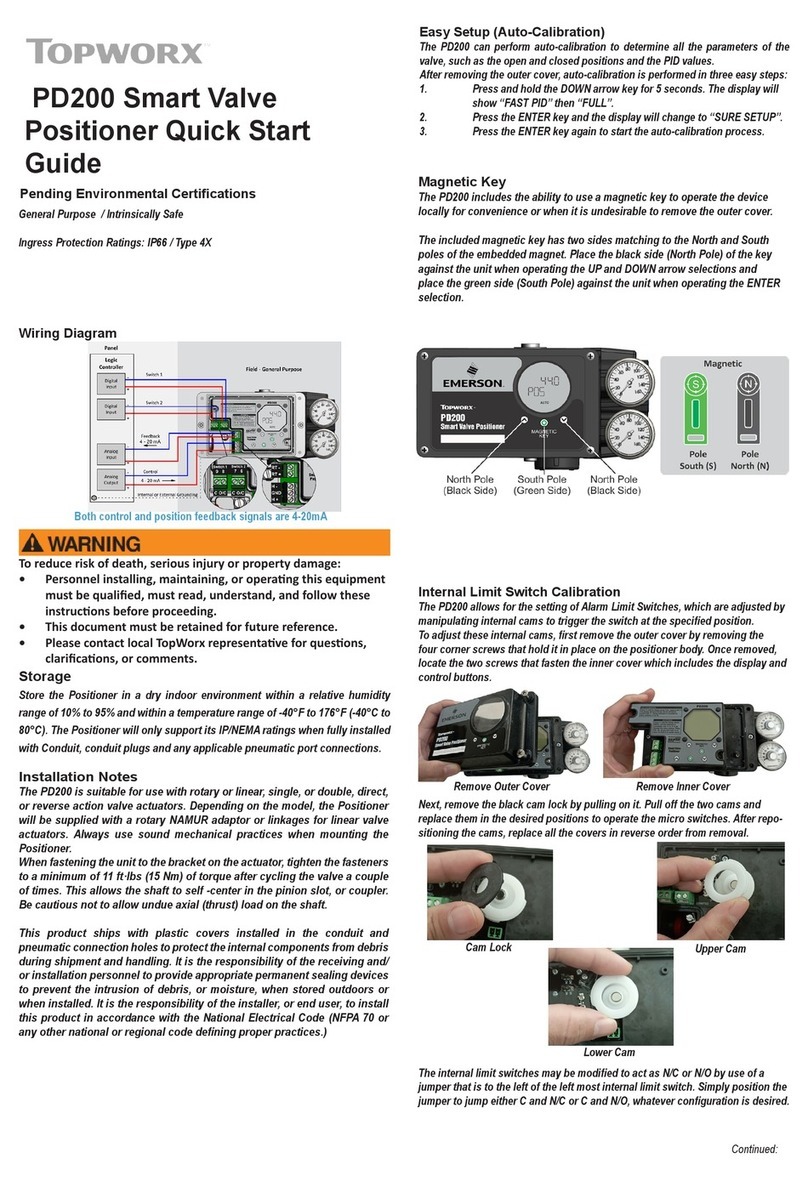
Contents
EB 8484-3 EN
5.6.6 AttachmentaccordingtoVDI/VDE3845 ....................................................5-26
5.6.7 Reversingamplierfordouble-actingactuators ...........................................5-30
5.6.8 Attachmentofexternalpositionsensor........................................................5-30
5.6.9 Attaching positioners with stainless steel housings........................................5-36
5.6.10 Air purging function for single-acting actuators ...........................................5-36
5.7 Establishingpneumaticconnections ............................................................5-37
5.7.1 Supplyair ................................................................................................5-38
5.7.2 Signalpressureconnection ........................................................................5-38
5.7.3 Signalpressurereading.............................................................................5-39
5.7.4 Supplypressure ........................................................................................5-39
5.8 Establishingelectricalconnections ..............................................................5-40
5.8.1 Cableentrywithcablegland .....................................................................5-41
5.8.2 Electricalpower ........................................................................................5-41
5.8.3 EstablishingHART®communication ............................................................5-46
5.8.4 SwitchingamplieraccordingtoEN60947-5-6 .........................................5-46
5.9 Accessories ..............................................................................................5-48
6 Operation..................................................................................................6-1
6.1 Rotarypushbutton.......................................................................................6-1
6.2 AIRTOOPEN/AIRTOCLOSEslideswitch....................................................6-2
6.3 Initialization key (INIT).................................................................................6-2
6.4 Display ......................................................................................................6-3
6.4.1 Display icons..............................................................................................6-4
7 Start-up and conguration..........................................................................7-1
7.1 Firststart-up ...............................................................................................7-2
7.2 Start-upsettings ..........................................................................................7-3
7.3 Enablingcongurationtochangeparameters................................................7-3
7.4 Start-upmenu.............................................................................................7-4
7.4.1 Settingtheactuatortype ..............................................................................7-4
7.4.2 Determiningthefail-safeposition .................................................................7-4
7.4.3 Specifyingthepinposition...........................................................................7-5
7.4.4 Settingthenominalrange............................................................................7-5
7.4.5 Selectingtheinitializationmode...................................................................7-6
7.4.6 Settingtheinitializationmode ......................................................................7-7
7.5 Initializingthepositioner .............................................................................7-9
7.6 Adjustingtheswitchingpoints....................................................................7-11
7.6.1 AdjustingtheCLOSEDposition .....................................................................12
7.6.2 AdjustingtheOPENposition.........................................................................12


